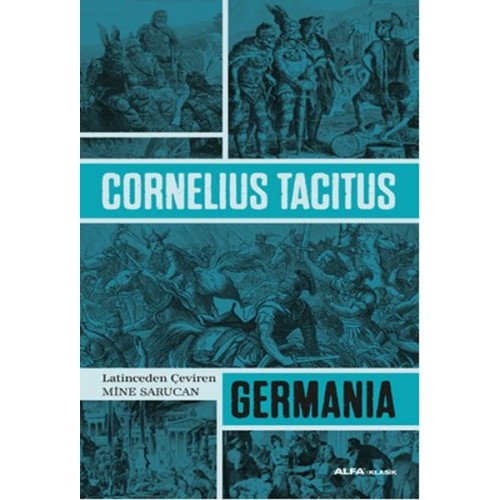

“Every influential National Socialist was familiar with the Germania,” said Krebs, “and many foot soldiers referred to the text as a ‘bible. Intrigued, he dove back into the text and found a world of connection to Nazi ideology.

“I began to wonder if that statement was true,” Krebs said. While doing research on the humanists’ reception of the Germania, Krebs discovered that the distinguished historian and historiographer Arnaldo Momigliano had named Tacitus’ work “among the most dangerous books ever written.” The Germania was popular among nationalists in the 19th century, and became particularly dear to Nazi leaders in the 20th who adopted Tacitus’ themes and slogans to further their political and racial agendas.

In following centuries, the aureus libellus - or “golden booklet,” as many called it - continued to fascinate readers inside and outside of Germany. The text, first published in 98 C.E., has a long legacy: Rediscovered in the 15th century, it was read widely by German humanists in the 16th. “The influence of the Germania was exerted over hundreds of years.” “Tacitus’ text played a crucial role in shaping the three or four major discourses that eventually fueled National Socialism,” also known as Nazism, said Krebs. Ask a well-read individual to list the most dangerous books in history, and a few familiar titles would most likely make the cut: Hitler’s “Mein Kampf,” Marx and Engels’ “The Communist Manifesto,” Chairman Mao’s “Little Red Book.”īut what about an obscure booklet written by a Roman senator? According to Christopher Krebs, assistant professor of the classics in the Faculty of Arts and Sciences, Tacitus’ “Germania” deserves a spot on the roster.


 0 kommentar(er)
0 kommentar(er)
